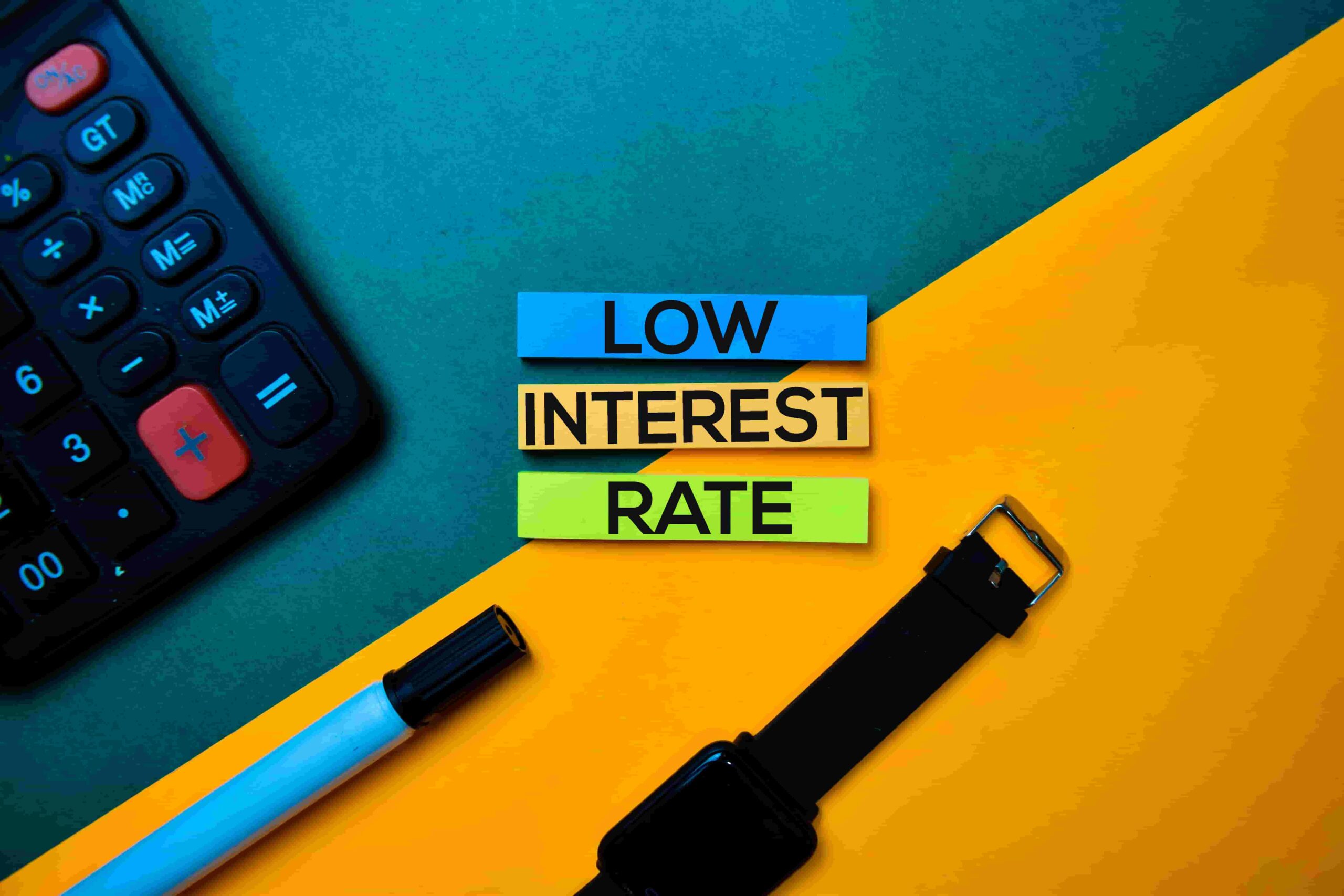Navigating student loans can be overwhelming, especially when trying to balance repayments with other financial obligations. For many borrowers, income-driven student loan plans offer a crucial solution, making payments more manageable by aligning them with your income and family size. This blog will explore income-driven student loan plans in depth, providing you with the knowledge to make informed decisions about your repayment strategy.
What Are Income-Driven Student Loan Plans?
Income-driven student loan plans are federal repayment options that adjust your monthly student loan payments based on your income and family size. Unlike standard repayment plans that require fixed monthly payments, income-driven plans offer a more flexible approach, designed to make payments more affordable during times of financial difficulty.
Types of Income-Driven Repayment Plans
There are four main types of income-driven repayment plans, each tailored to different needs and circumstances. Here’s a closer look at each:
- Income-Based Repayment (IBR) Plan
- Eligibility: Available for Direct Loans and Federal Family Education Loans (FFEL) that are not in default.
- Payment Amount: 10% of discretionary income if you are a new borrower after July 1, 2014, or 15% if you borrowed before this date. Payments are capped at the amount you would pay under the standard 10-year repayment plan.
- Forgiveness: Remaining balance forgiven after 20 years of qualifying payments (25 years for older loans).
- Pay As You Earn (PAYE) Plan
- Eligibility: Available for Direct Loans. You must show a partial financial hardship.
- Payment Amount: 10% of discretionary income. Payments are capped at the standard 10-year repayment amount.
- Forgiveness: Remaining balance forgiven after 20 years of qualifying payments.
- Revised Pay As You Earn (REPAYE) Plan
- Eligibility: Available for all Direct Loans. No need to demonstrate financial hardship.
- Payment Amount: 10% of discretionary income. Payments are not capped at the standard 10-year amount.
- Forgiveness: Remaining balance forgiven after 20 years for undergraduate loans and 25 years for graduate or professional loans.
- Income-Contingent Repayment (ICR) Plan
- Eligibility: Available for Direct Loans and FFEL loans. Requires demonstration of financial hardship.
- Payment Amount: The lesser of 20% of discretionary income or what you would pay on a fixed 12-year plan adjusted according to income.
- Forgiveness: Remaining balance forgiven after 25 years of qualifying payments.
How to Apply for an Income-Driven Repayment Plan
Applying for an income-driven repayment plan involves a few straightforward steps:
- Check Your Loan Eligibility: Verify that your loans are eligible for income-driven plans. Most federal loans qualify, but some, like Perkins Loans, may not.
- Complete the Application: You can apply online through the Federal Student Aid website or submit a paper application. The online application is typically faster and more convenient.
- Provide Income Documentation: You’ll need to submit proof of your income, such as tax returns or pay stubs. Your loan servicer will use this information to determine your monthly payment amount.
- Recertify Annually: Income-driven repayment plans require you to recertify your income and family size each year. Failure to do so can result in a higher payment amount.
Benefits of Income-Driven Repayment Plans
Income-driven repayment plans offer several advantages:
- Affordability: Payments are based on your income, ensuring they remain manageable even during periods of financial strain.
- Potential for Forgiveness: After making qualifying payments for 20 or 25 years, any remaining loan balance may be forgiven, reducing your overall debt burden.
- Flexibility: These plans provide a flexible repayment structure, adjusting your payments based on changes in your income or family size.
- Protection Against Financial Hardship: If your income decreases, your payments will decrease accordingly, helping you avoid default.
Potential Drawbacks
While income-driven repayment plans offer many benefits, there are some potential drawbacks to consider:
- Longer Repayment Period: Payments are generally lower, which can extend the repayment term and increase the total interest paid over the life of the loan.
- Interest Accumulation: Lower monthly payments may result in more interest accruing, potentially increasing your total repayment amount.
- Annual Recertification: You must recertify your income and family size every year, which can be a time-consuming process.
Tips for Managing Your Income-Driven Repayment Plan
To make the most of your income-driven repayment plan, consider the following tips:
- Keep Accurate Records: Maintain detailed records of your income and family size to ensure accurate reporting during recertification.
- Monitor Your Payments: Regularly review your payment amounts and loan balance to track your progress and adjust your budget as needed.
- Explore Refinancing: If your financial situation improves, consider refinancing your loans to a lower interest rate or a different repayment plan.
- Stay Informed: Keep up-to-date with changes in federal student loan policies and repayment options to make informed decisions about your loans.
Conclusion
Income-driven student loan plans offer a valuable option for managing your student loan debt, particularly if you’re facing financial challenges. By aligning your payments with your income and providing potential forgiveness after a set period, these plans can help you navigate the complexities of student loan repayment. Understanding the different types of income-driven plans, applying correctly, and managing your plan effectively can help you stay on track and reduce your overall debt burden.



